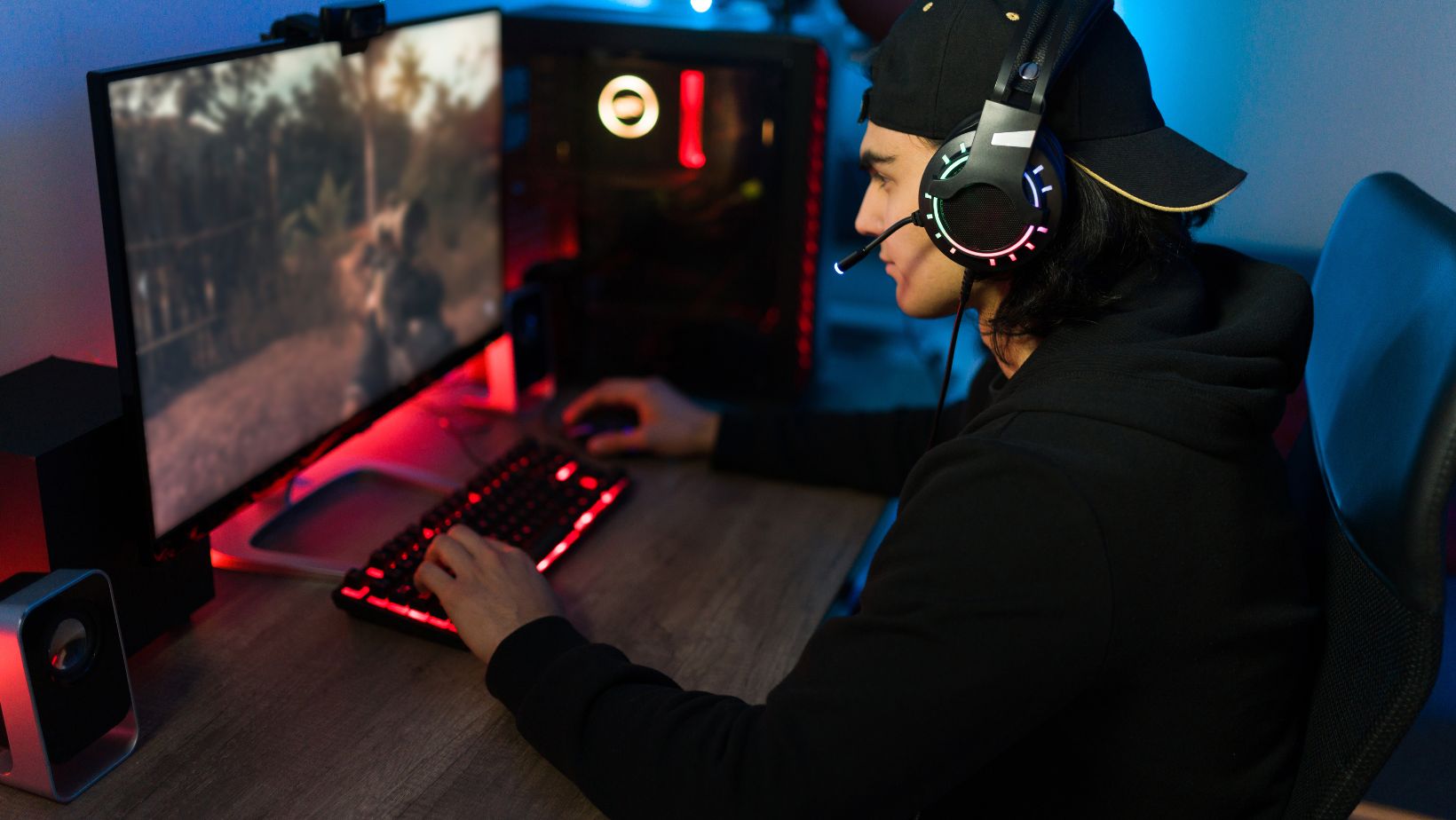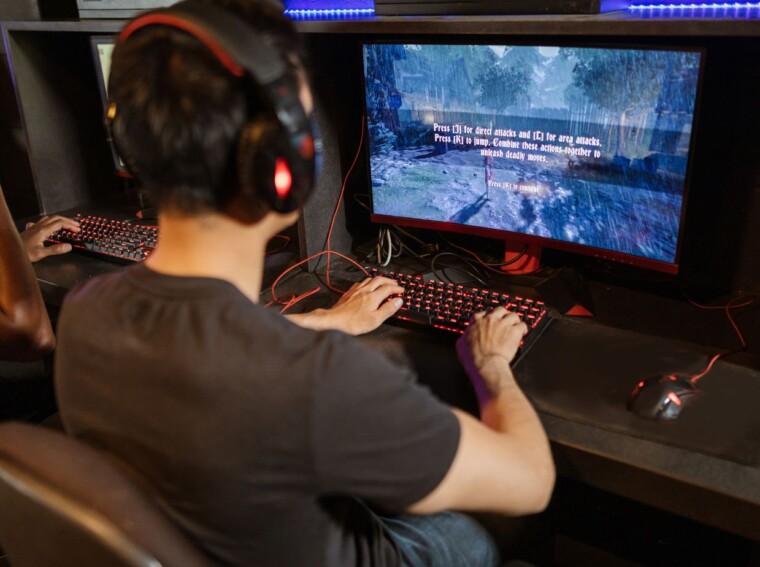The Ninja Gaiden series is one of the cornerstones of the action genre. Since the late 1980s, it has raised a whole generation of gamers with its merciless difficulty and fast-paced gameplay.
The classic trilogy on 8-bit consoles set the bar for 2D platformers, and its subsequent revival in the 2000s by Team Ninja gave us the benchmark 3D slashers about Ryu Hayabusa.
Years go by, and the trend of returning to the original formula keeps popping up in game development. And now, in 2025, the legendary Ninja Gaiden is returning in two forms: Ninja Gaiden 4 is expected in the fall as a slasher game with Ryu in one of the leading roles, and right now, the spin-off Ragebound has been released, which takes players back to the two-dimensional dimension.
You can play exciting games here – top social casino games
Legacy And New Blood
Ragebound fits into the canon of the original series, but we play as a new hero.
The events unfold in parallel with the first parts: while the legendary Ryu Hayabusa is away on business in America, his home village of Hayabusa is attacked by a horde of demons.
As Ryu’s apprentice, a young ninja named Kenji Mozu, we stand alone to defend the village.
The plot is deliberately simple and pays homage to the old games, but there is also a fresh twist. Kenji is quickly cornered by his enemies, and to save himself, he has to unite his soul with one of the Hayabusa clan’s sworn enemies — a mysterious ninja named Kumori.
This forced alliance between a noble young man who reveres the code and a ruthless ninja adds spice to both the narrative and the gameplay. Classic demons, magical crystals, and saving the world with several plot twists are all in place.

However, the relationship between Kenji and Kumori is written with humor and a touch of spice: in rare cutscenes, they do nothing but tease each other, reproach each other for past sins, and respond with sarcasm. But it’s no secret that their mutual dislike will quickly turn into a fighting friendship.
The main advantage of Ninja Gaiden: Ragebound is its stunning and addictive combat system, backed up by responsive controls.
The game instantly gives you a feeling of complete control over the hero. Kenji reacts lightning fast to every button press: we run, roll, jump over enemies’ heads, and slash them with our katana. In addition to the main sword attack, you can throw shurikens (or any other weapon you’ve unlocked) from the ghostly hands of Kumori, who has possessed the hero.
Enemies, of course, don’t sleep and attack in large groups, but the game encourages you not to stop for a second. Sometimes you have to swing your sword from side to side in the hope of cutting down the advancing enemies before they fully appear on the screen.
Running forward, slashing demons with a continuous series of strikes — that’s how Ragebound should be played. When everything works out, the level is completed quickly, beautifully, and as if specially choreographed to the frantic rhythm. The gameplay mechanics are honed to perfection, making every battle incredibly enjoyable.
Despite all the dynamics, the combat system in Ragebound does not descend into primitive chanting — otherwise you’ll have to die more often.
Constant death is a guarantee of losing the lightning-fast energy of the game. Thanks to the tandem of Kenji and Kumori, you sometimes have to take the form of a ghostly girlfriend, opening doors, firing cannons, and collecting secrets.
You Have Two Combat Styles To Switch Between
The sword is effective in close combat, while throwing daggers allow you to take out enemies from a distance. The new Ninja Gaiden introduces a special Hypercharge mechanic: enemies with a colored aura (blue or purple) charge the hero’s attacks when they die.
This feature quickly becomes the heart of combat. In each skirmish, you first deal with minor enemies until a “charged” demon appears, then instantly kill it with the right attack, after which, having gained devastating energy, you rush to take down the strongest monster with a single blow.

